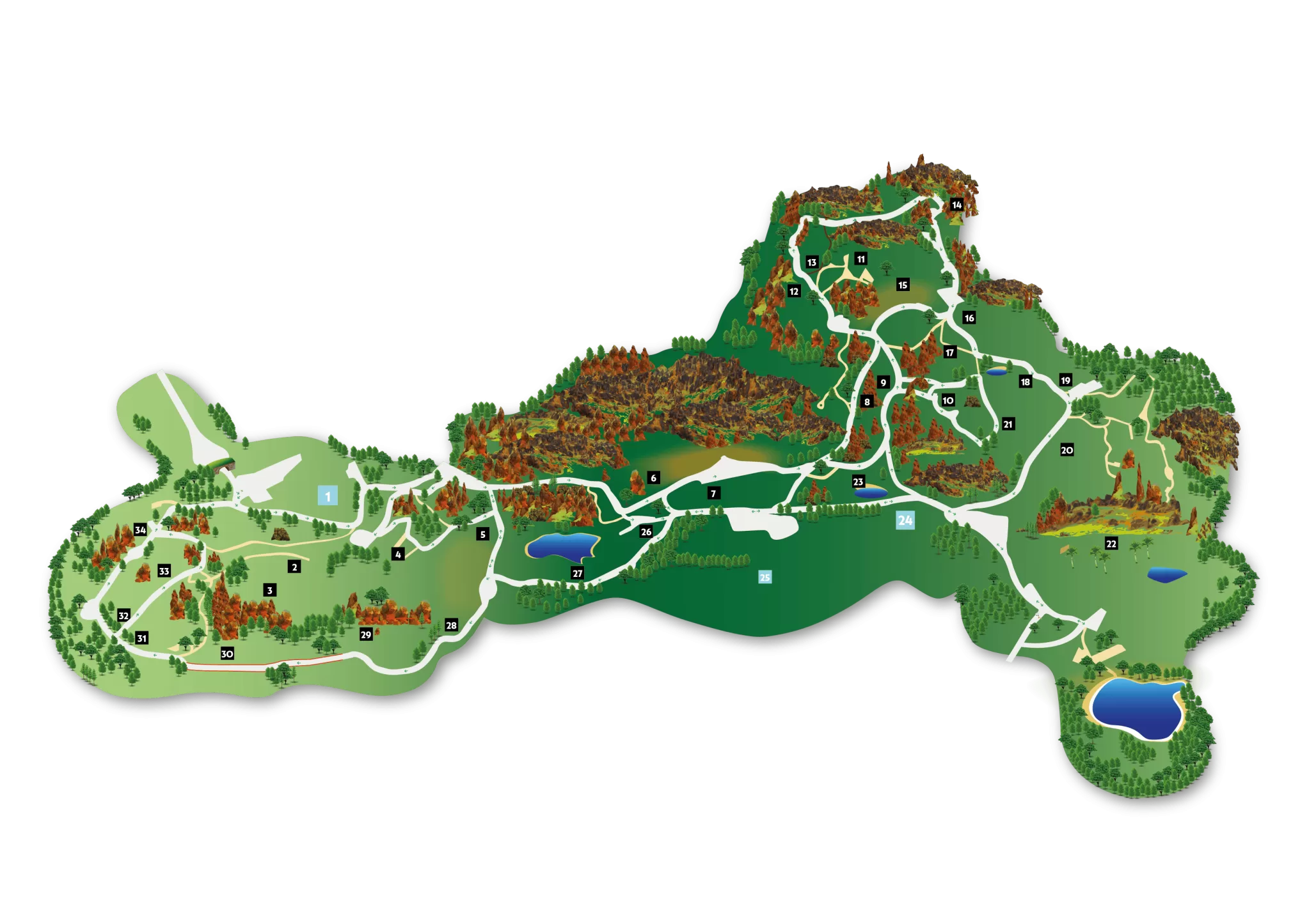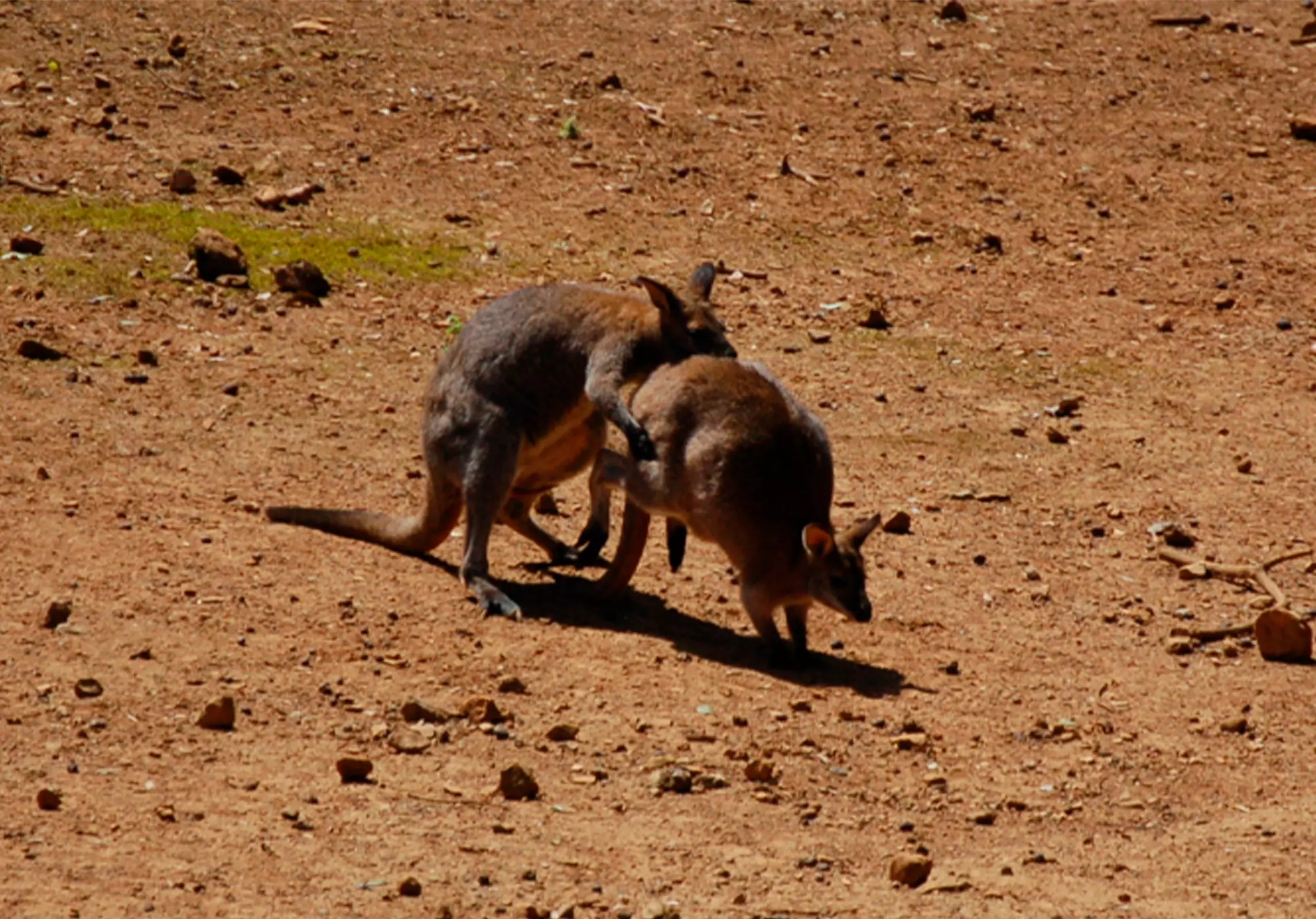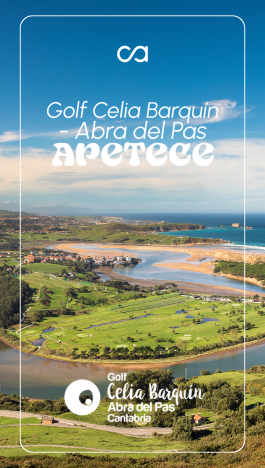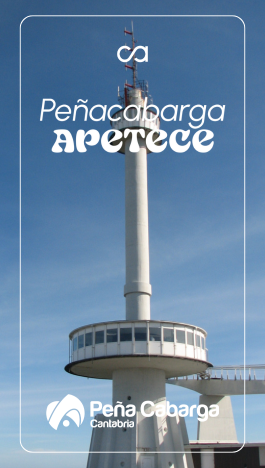
Wallabies belong to a very ancient group of mammals: marsupials.
It feeds on a wide variety of plants, fruits, and invertebrates, such as insects or beetle larvae. It has characteristics similar to its larger relatives: short front legs with five toes and elongated hind legs with four; a strong tail, and a pouch or marsupium with an anterior opening containing four teats. Its main enemies are the dingo (wild dog) and humans, who hunt them for their skin to make leather.
They are nocturnal and solitary in habit, although they may share feeding areas with other individuals.
They normally communicate with gestures and only in extreme situations can they grunt, hiss, and make clicking sounds.
Females can remain pregnant always, they possess two uteri, which means they can initiate a new gestation period while still carrying a young one in their womb.
Their most notable characteristic is the female’s pouch or marsupium, within which the embryonic development of their young is completed. Wallaby gestation is completed in about 15 days, after which a joey of approximately one gram in weight is born, which, using its strong front legs, climbs through its mother’s fur and enters the marsupium. Once there, it will remain in that position throughout its embryonic development.
The first wallabies that arrived at Cabárceno were donated by the Illustrious City Council of Santander, which transferred to this Park the group of said species that inhabited Mataleñas Park.








































































